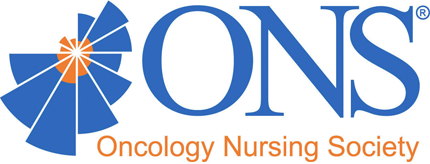Large Genomic Rearrangements in BRCA1 and BRCA2: Implications for Patient Care
Hereditary breast cancer is responsible for about 5%-10% of all breast cancer cases and is frequently associated with the inheritance of a germline mutation in one of two genes, BRCA1 (chromosome 17) or BRCA2 (chromosome 13). Inheritance of a mutation in one of these genes confers a high cumulative risk of breast (90% lifetime risk) or ovarian (44% lifetime risk) cancer (Daly et al., 2013). To date, BRCA1 and BRCA2 genetic testing only is available through one company, Myriad Genetics Laboratories (MGL), as a result of patent issues surrounding these two genes. In 1996, MGL introduced Comprehensive BRACAnalysis®, which included the sequencing of BRCA1 and BRCA2. Because of technological advancement, MGL added a five-site rearrangement panel to Comprehensive BRACAnalysis in 2002 to detect five recurring large genomic rearrangements (LGR) in BRCA1. Additional technological advances led to the addition in 2006 of the BRACAnalysis Large Rearrangement Test (BART) as a separate but full LGR test for BRCA1 and BRCA2. The Comprehensive BRACAnalysis and BART tests were ordered as two distinct tests. In October 2012, Medicare approved BART as a reimbursable test, provided specific guidelines were met, based on the 2013 National Comprehensive Cancer Network guideline (Daly et al., 2013) recommending LGR testing for all patients undergoing testing for BRCA1 and BRCA2. Beginning in January 2013, MGL began incorporating BART testing into routine BRCA1 and BRCA2 testing, now termed Integrated BRACAnalysis (MGL, 2012).

